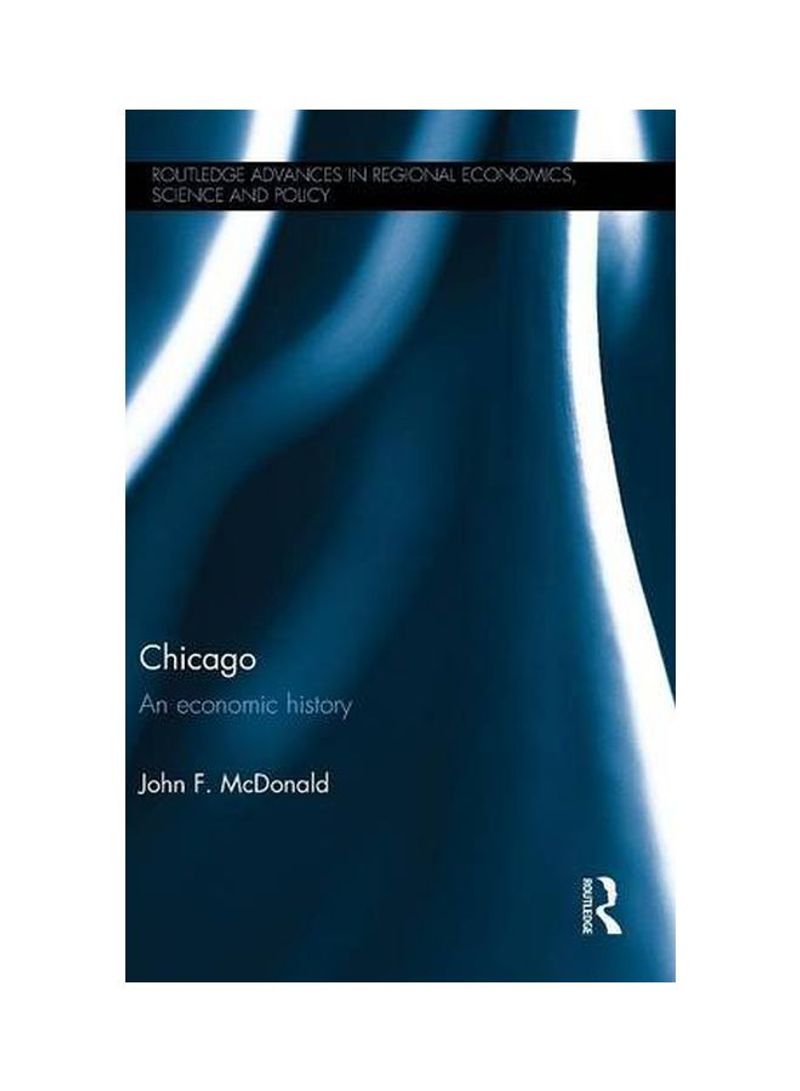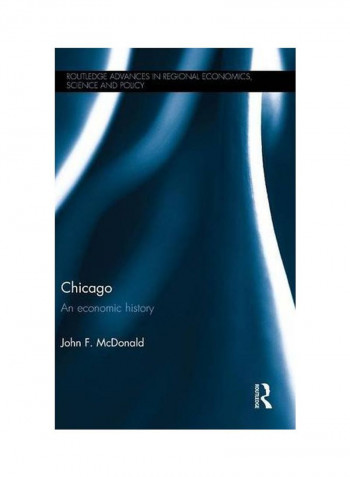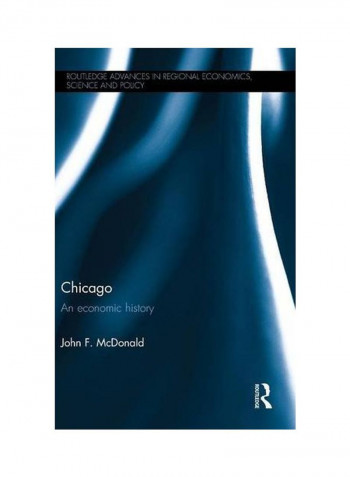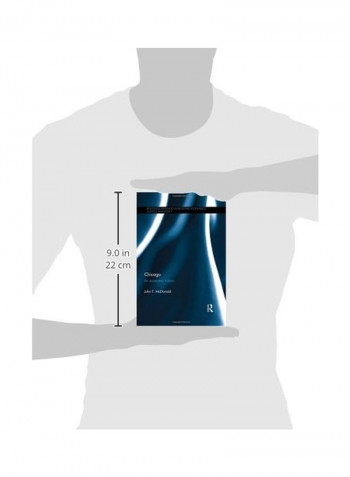Chicago: An Economic History Hardcover
Recommend
Sort by
Rating
Date
Specifications
Country of Origin
India
Author 1
John F. McDonald
Book Description
Chicago went from nothing in 1830 to become the second-largest city in the nation in 1900, while the Midwest developed to become one of the world?s foremost urban areas. This book is an economic history of the Chicago metropolitan area from the 1820s to the present. It examines the city in its Midwestern region and compares it to the other major cities of the North. This book uses theories of the economics of location and other economic models to explain much of Chicago?s history. Chicago maintained its status as the second-largest city through the first decades of the 20th century, but rapid growth shifted to the Sunbelt following World War II. Since the 1950s the city?s history can be divided into four distinct periods; growth with suburbanization (1950-1970), absence of growth, continued suburbanization, and central city crisis (1970-1990), rebound in the 1990s, and financial crisis and deep recession after 2000. Through it all Chicago has maintained its position as the economic capital of the Midwest. The book is a synthesis of available literature and public data, and stands as an example of using economics to understand much of the history of Chicago. This book is intended for the college classroom, urban scholars, and for those interested in the history of one of world?s foremost urban areas.
ISBN-10
1138919799
ISBN-13
9781138919792
Language
English
Publisher
Taylor And Francis Ltd
Publication Date
02 Sep 2015
Number of Pages
248
About the Author
John F. McDonald is Emeritus Professor of Economics, University of Illinois at Chicago, and Gerald W. Fogelson Distinguished Chair in Real Estate Emeritus, Roosevelt University, USA
Editorial Review
Though much of the text is devoted to dry statistical analysis, the author's account is leavened by personal reflections drawn from his professional experience and a family history entwined with Chicago's development since the late 19th century. The result is an engaging depiction of Chicago's rise to prominence as a national transportation hub and manufacturing powerhouse. Populated by waves of immigrants and African American migrants, it was the American Second City" during the mid-20th century. The last half of the book contends with Chicago's more problematic recent evolution as population stagnated and the city's manufacturing economy fell into terminal decline. Despite the city's economic turnaround in the 1990s, the Great Recession and its aftermath leave the author uncertain about Chicago's future"





